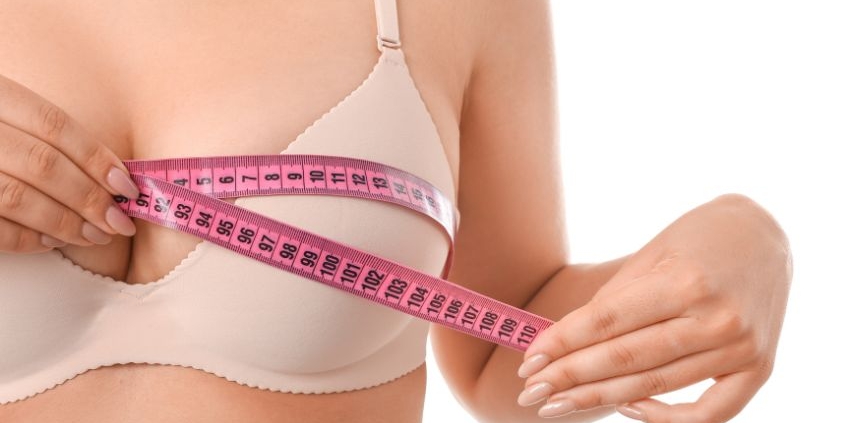A breast implant removal, or breast revision surgery, is one of the top 10 cosmetic surgeries requested by women. Demand for this surgery was up 79% last year, with many women no longer happy with the results of their breast augmentation.
It’s only natural to have questions if you’re considering having your implants removed. So, to put your mind at ease and manage expectations, here are the answers to the most common questions about the procedure.
What is Breast Implant Removal?
Breast implant removal is a surgical procedure that involves taking out previously placed silicone or saline breast implants. Much like how individual reasons for getting implants vary, reasons for removal can be just as diverse.
Whatever the motivation, it’s a procedure designed to help women feel more in tune with their bodies, while ensuring their comfort and safety. The implants can be completely removed, or in some cases, replaced with new ones.
When Should I Consider Breast Implant Removal?
There’s no one-size-fits-all answer here. Some women choose to have their implants removed because they no longer fit with their desired look or lifestyle. Others may opt for removal due to medical reasons, or because they are causing discomfort or pain. On rare occasions, implant ruptures can occur, causing silicone to leak into surrounding areas. This is a medical emergency, so if a rupture is suspected then it should be treated without delay.
Age, life events, or changes in body image perceptions can also be compelling reasons. Implants aren’t designed to last forever, so it could be a simple case of removing and replacing them.
It’s important to monitor how you feel about your implants over time and consult with a professional if you ever have doubts or concerns.
Are There Any Risks and Complications?
As with any surgery, there are risks involved when you have breast implants removed. Common concerns include the potential for infection, adverse reactions to anaesthesia, and scarring.
Specific to breast implant removal, there may be worries about breast appearance post-surgery. A breast lift may be offered with fat transfer as a natural alternative to help alter the shape of the breasts.
It’s extremely important to select a reputable, experienced surgeon, as they can help to significantly reduce the risks involved.
What Can I Expect from Breast Implant Removal Recovery?
The road to recovery after a breast implant removal will involve some level of downtime, but the duration can vary based on the individual and the complexity of the procedure. In some cases, it may take up to a year to fully recover, though you’ll be able to get back to daily activities within 3-4 weeks.
Patients can experience swelling, discomfort, or a tight sensation in the chest initially. However, these symptoms often subside within a week. Wearing a support or compression garment can help shape the breasts and minimise swelling during the healing process.
It’s also crucial to follow any post-operative care instructions and keep any follow-up appointments with your surgeon.
Remember, each person’s journey to recovery is unique. To learn more about what to expect, schedule an appointment with leading cosmetic surgeon, Mr Nigel Horlock.












